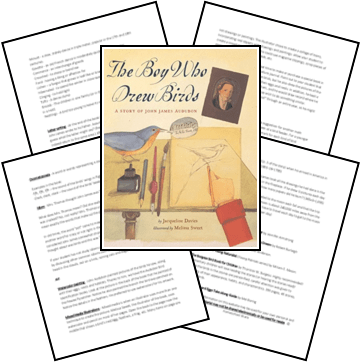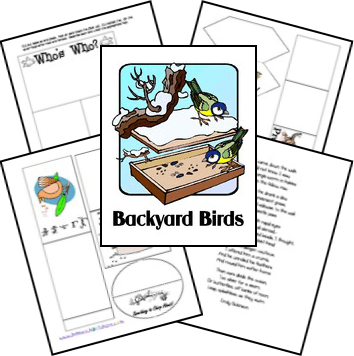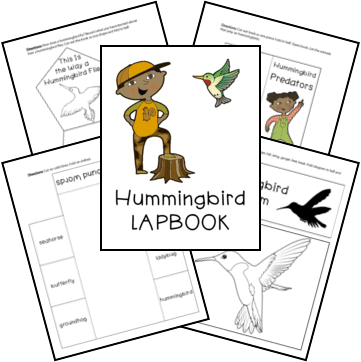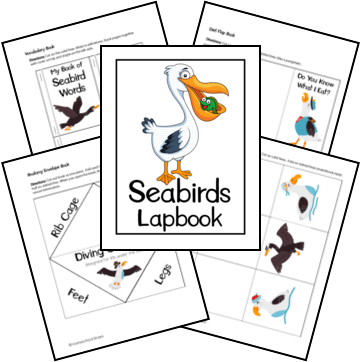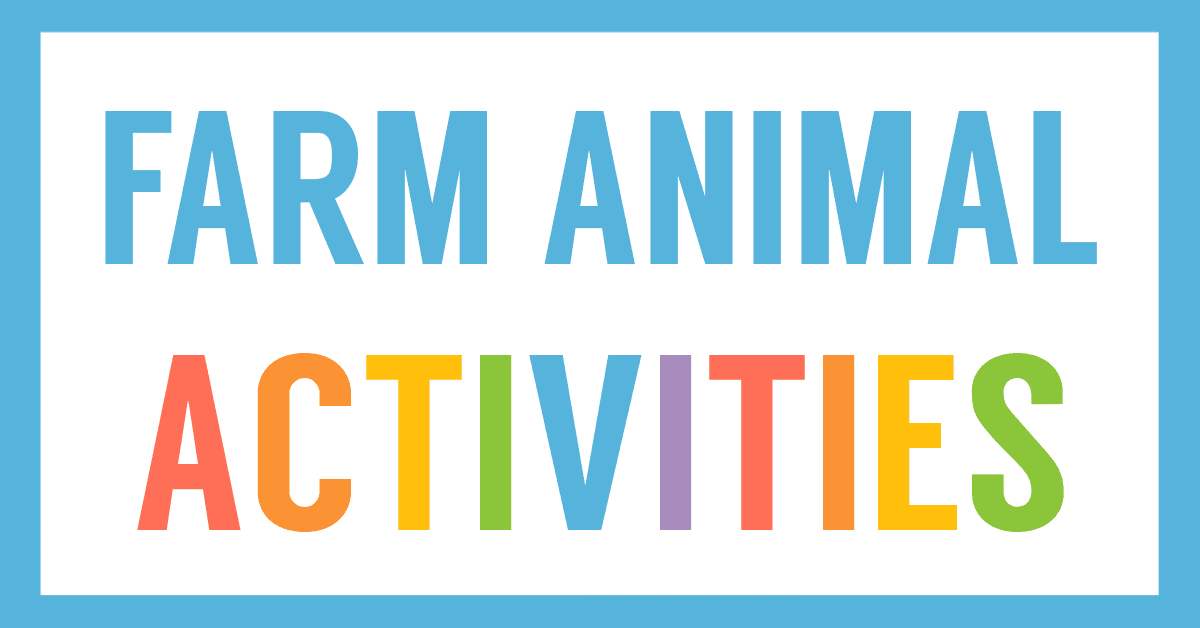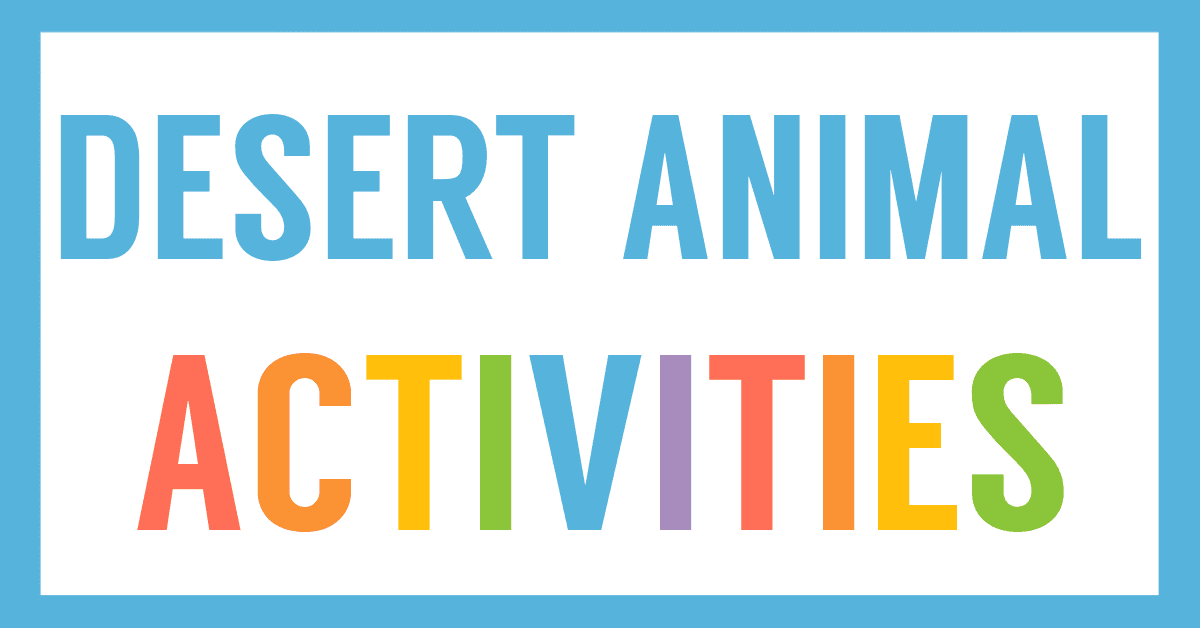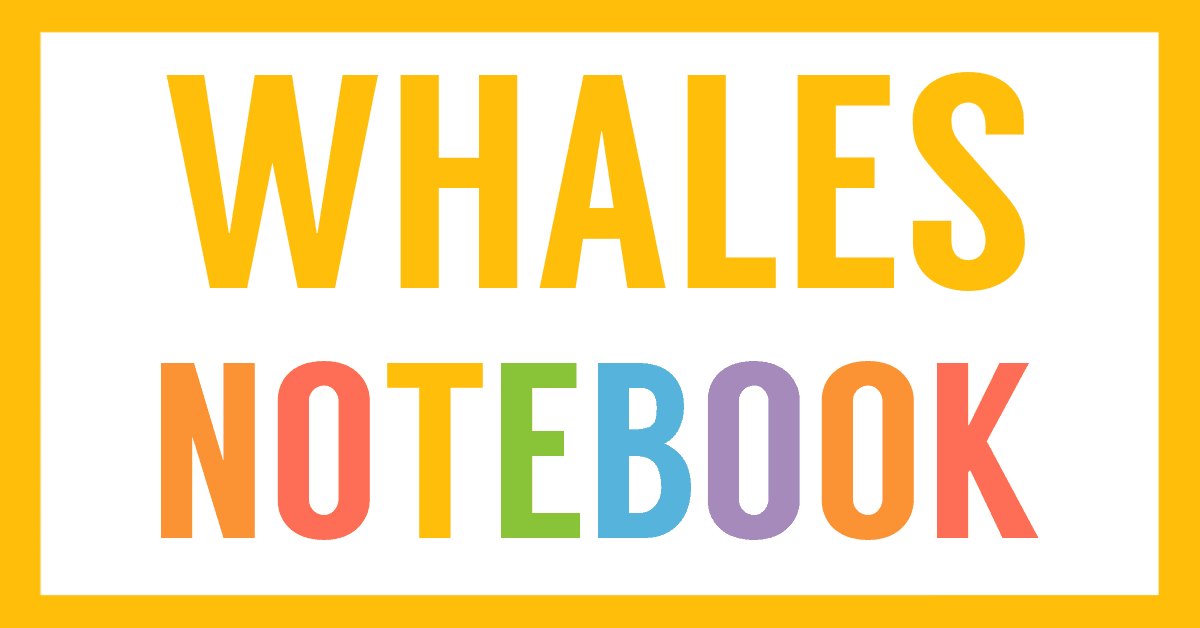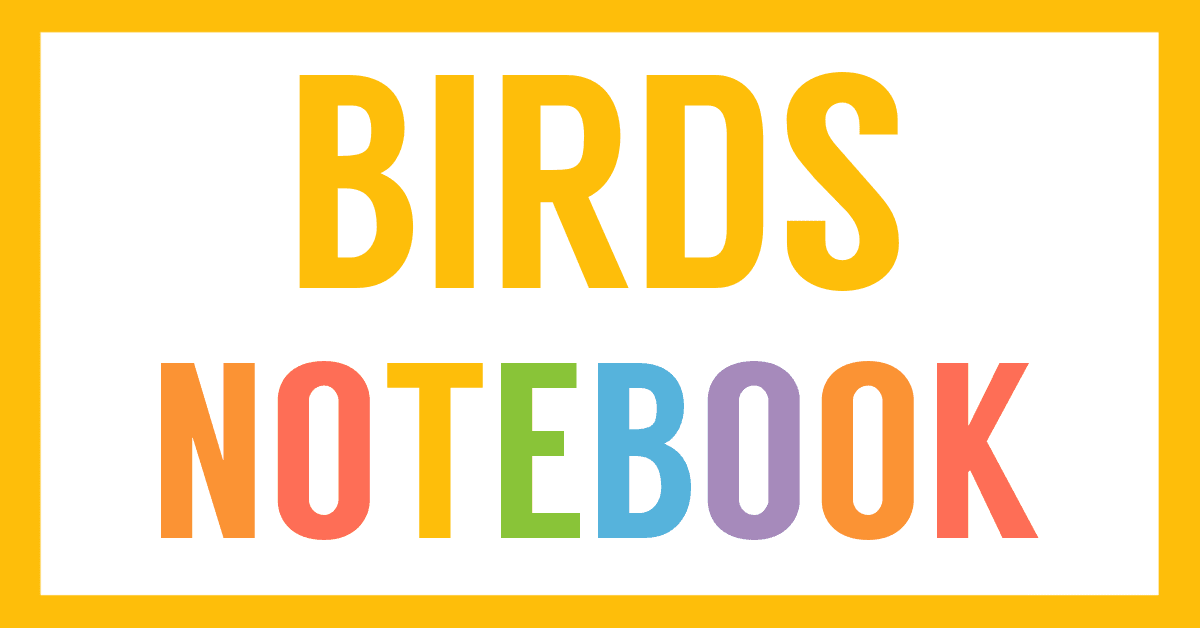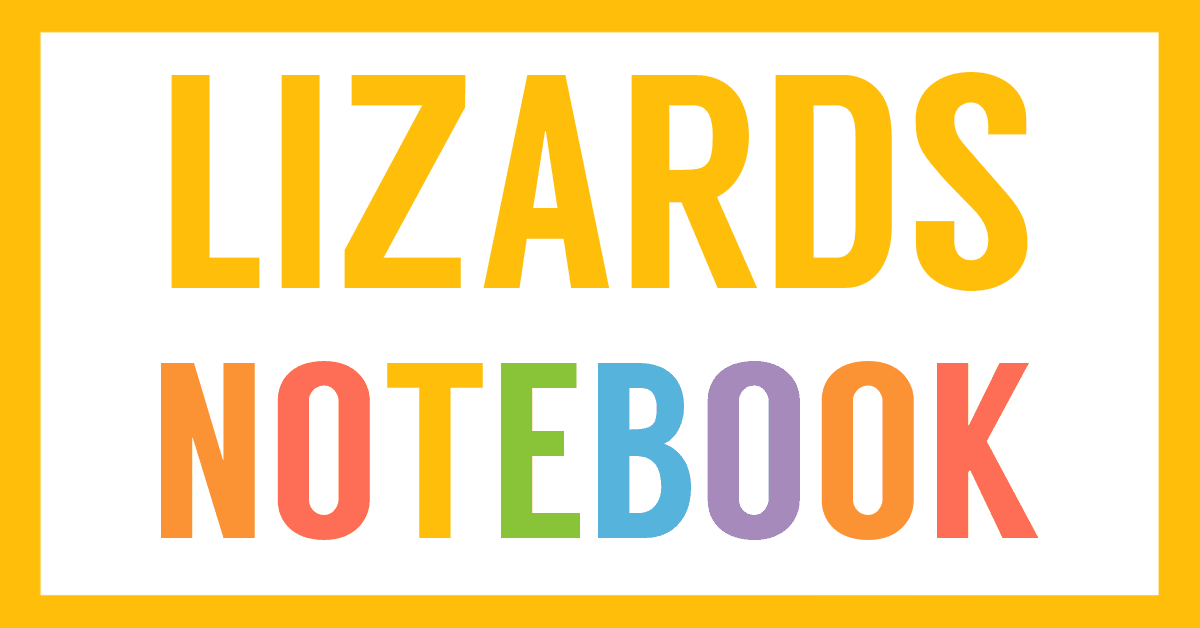Affiliate Disclaimer
We sometimes use affiliate links in our content. This won’t cost you anything, but it helps us to keep the site running. Thanks for your support.
This unit study includes lessons and activities based on the book The Boy Who Drew Birds by Jacqueline Davies.
If there was one thing James loved to do more than anything else, it was to be in the great outdoors watching his beloved feathered friends.
In the fall of 1804, he was determined to find out if the birds nesting near his Pennsylvania home would really return the following spring. Through careful observation, James laid the foundation for all that we know about migration patterns today.
from The Boy Who Drew Birds summary at amazon.com
This fascinating story about John James Audubon will inspire you and your student to learn more about birds. Grab our The Boy Who Drew Birds unit study and launch into a week of learning about the wonderful world of birds.
Thanks to Jodi Small and Celia Hartmann for preparing this The Boy Who Drew Birds Unit Study.
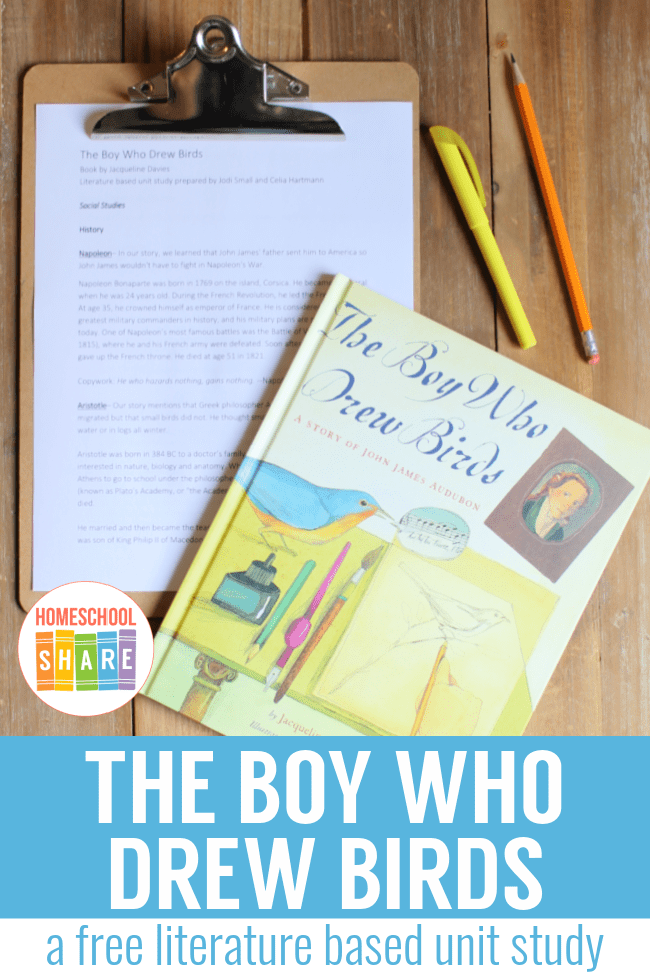
The Boy Who Drew Birds Unit Study Lessons
Here is a sample of the lessons found in this The Boy Who Drew Birds unit study:
Geography: France
John James Audubon was born in France.
Help your student locate France on a map or globe. What countries/bodies of water surround it? The capital of France is Paris, which is famous for the Eiffel Tower, the Napoleonic Arc de Triomphe, the Louvre art museum, and much more. Your student may be interested in learning about one of these famous landmarks or another in France. France is the most visited country in the world.
People in France speak French. What are some French words used in the book?
Zoology: Birds
There is so much that can be studied with birds. A scientist who studies birds is called an ornithologist. They will study the physical features of the birds – feather colors, size, beak shape, tail length, and wing span. They also study their nesting habits, what they eat, migration, among other things. Let your student pretend to be an “Junior Ornithologist” this week. Below are some things he can learn about. As the opportunity arises this week, encourage him to discuss what he learns with others.
Bird Migration
Migration is the process of first flying to warmer regions in the colder seasons and then returning to their homes in warmer seasons. Many birds migrate, some go very long distances. Birds that normally live in the water must migrate south in the winter to maintain their habitats. God gave birds a ‘natural compass’ to help find their way during migration…this is called homing instinct. An instinct is a God-given ability that is inherited instead of learned. It’s “built in.” Some species of birds are born with the ability to know where and when to migrate and how to get back home.
Bird Banding
John James got his idea for attaching a string to the birds by remembering how medieval kings tied bands on the legs of their prized falcons so a lost falcon could be returned.
About 1595, King Henry IV banded his Peregrine falcon. He was the first person on record to use a metal band. Prior to that, there are only a few instances of banding recorded in history, the earliest being about 218 B.C. In 1803, John James Audubon became the first to mark birds in America, with the incident described in our story. A hundred years later, scientists began to use a numbered banding system to help them better track specific birds.
Banding (or ringing, as it is called in Europe) allows scientists to know how far a bird migrates, where it migrates, how long it lives, and more.
You can grab a copy of the entire The Boy Who Drew Birds unit study in an easy-to-print file at the end of this post.
Bird Printables
The downloadable file contains several pages of bird printables. You can use these as desired to help your student learn more about birds.
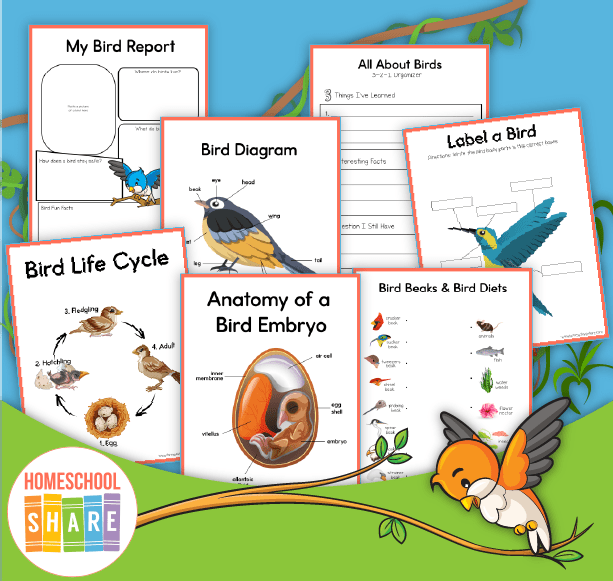
Get your student drawing birds (just like John James Audubon!) by adding drawings of these diagrams to his or her nature notebook:
- Bird Life Cycle Page
- Anatomy of a Bird Embryo Page
- Bird Diagram
In addition to the pages above, these bird notebook and activity pages are also included:
- Label a Bird Activity Page
- All About Birds 3-2-1 Organizer Notebook Page
- My Bird Report Notebook Page
- Bird Beaks and Bird Diets Activity Page
How to Get Started with the The Boy Who Drew Birds Unit Study
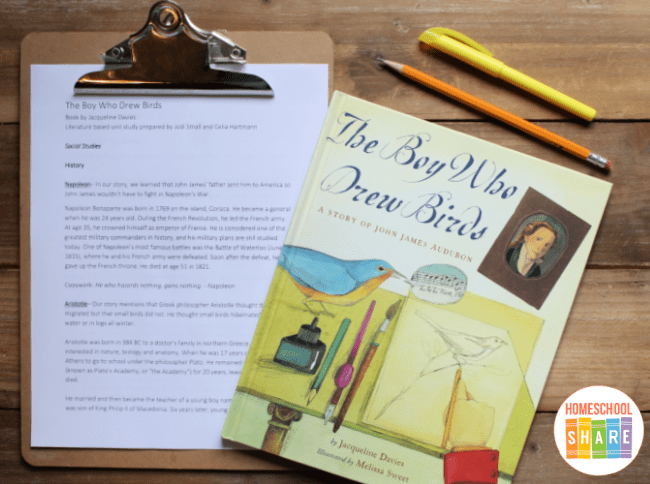
Follow these simple instructions to get started with the The Boy Who Drew Birds unit study:
- Buy a copy of the book, The Boy Who Drew Birds, or grab one from your local library.
- Print the The Boy Who Drew Birds unit study.
- Choose the lessons you want to use with your student (a highlighter works great for this).
- Enjoy a week of bird-brained learning with your student.
Download Your The Boy Who Drew Birds Unit Study
Simply click on the image below to grab the free The Boy Who Drew Birds unit study.
Learn More About Birds
Encourage your student to observe and draw birds, too! Our Backyard Birds Lapbook is a great starting point.

